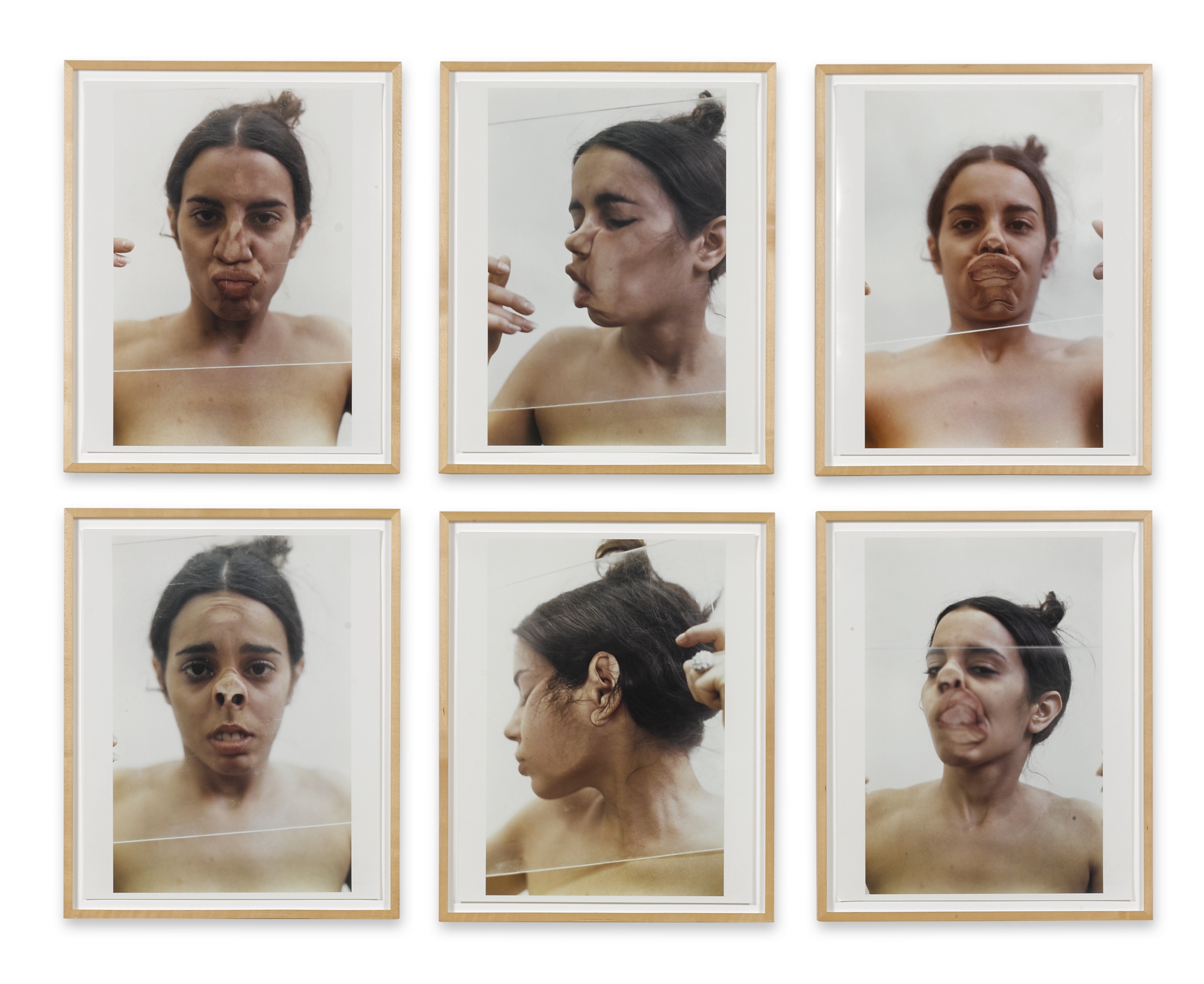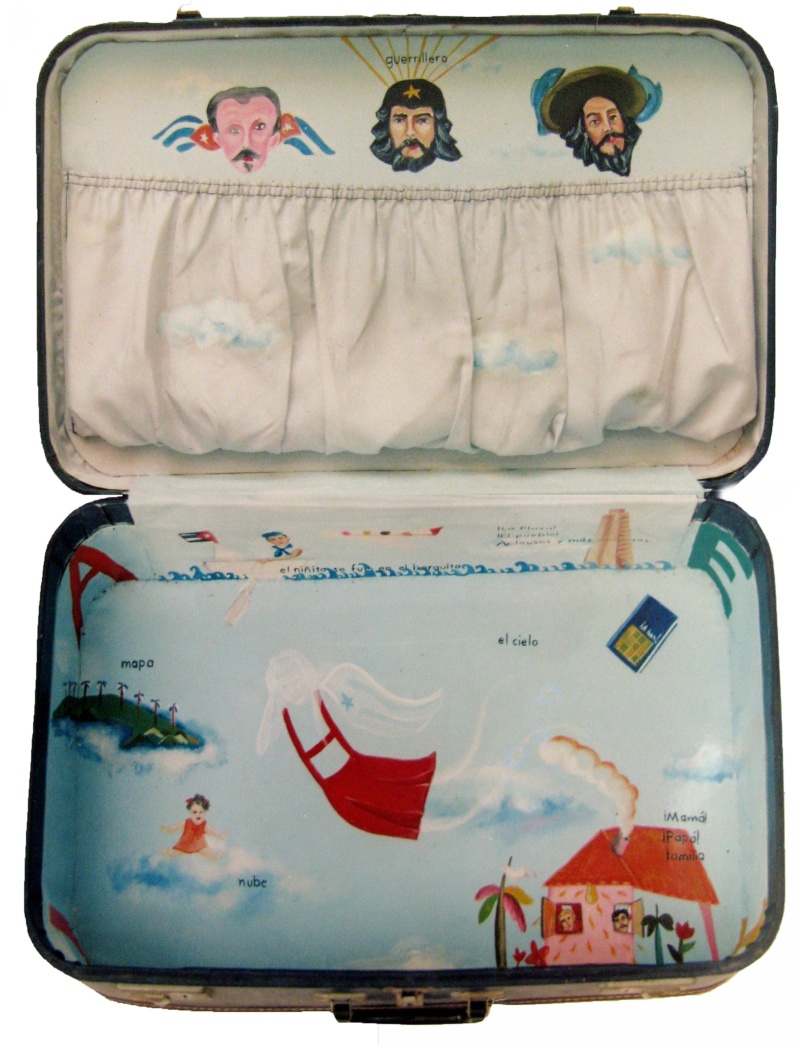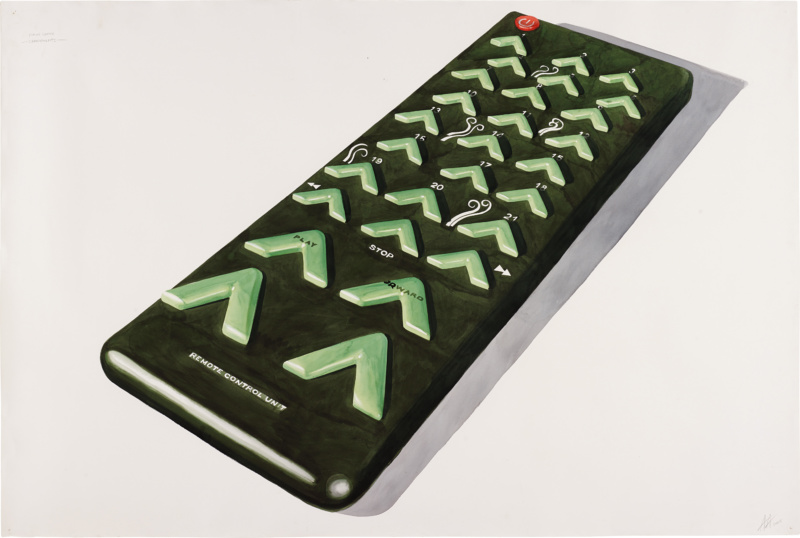
In her short story, "Why the Letters Don’t Come," Cuban author Wendy Guerra describes arriving to her fictitious cousin’s home in Miami for the first time. A futuristic estate near Hallandale Beach, the house is filled with artwork her cousin and her husband have collected over the years. “Collecting,” she writes, “is a way of trapping space, moods, fragment from other lives. I try to guess who my cousins might be by the colors and strokes of the artwork, the mighty interactivity of the spaces, the humor with which they’ve chosen certain themes, the way they’ve crowned the artists they want to distinguish in the wide domestic spotlight.”
If you’ve ever visited Miami’s Perez Art Museum, it doesn’t take much guessing to imagine who might have inspired Guerra’s words. Jorge Perez, the visionary developer, collector, and philanthropist behind Miami’s flagship museum, has a seemingly unquenchable thirst for construction and collecting alike. His latest endeavor is a gorgeous compilation of Cuban art and literature that pairs some of the world’s most renowned Cuban artists with texts by celebrated Cuban authors. "Island in the Light," a work funded entirely by the Jorge M. Perez Family Foundation, will be released on Tuesday during Art Basel Miami Beach at an event at Park Grove, one of Related Group’s latest development projects.
“Supporting Latin American, and particularly Cuban art is how I celebrate and preserve my cultural identity,” explains Perez. “I wanted to find a way to immortalize the story of Cuban artists who succeeded despite facing countless difficulties and seemingly insurmountable adversity.”

With works by Ana Mendieta, Jose Bedia, Los Carpinteros, and Sandra Ramos, accompanied by texts from authors like Achy Obejas, Reina Maria Rodriguez and Leonardo Padura, "Island in the Light" captures the isolation, longing, and heartache embedded within Cuba’s complex history.
A contributor and curator of the book—"Why the Letters Don’t Come" is paired with Sandra Ramos’ Migrations II (1994)—Guerra initially approached Perez after viewing “On The Horizon: Contemporary Cuban Art from the Jorge M. Perez Collection” at PAMM, a three-part exhibition that aimed to illustrate Cuba’s diverse cultural and emotional history.
“I saw the collection and I absolutely loved it, and I realized that a catalog exploring the relationship between Cuban literature and art really didn’t exist,” says Guerra.
Selecting artworks for inclusion was a collaborative effort between Perez and his curatorial team, Guerra and author Leonardo Padura, who primarily curated the authors that would be invited to write a piece for the book. “We asked the authors to choose a work that most spoke to them, but didn’t give them any directives beyond that,” says Guerra. Putting together an intergenerational roster was essential to the project, says Guerra. “We view this book as the first stone in the reconstruction of a bridge between Cuba and the Cuban diaspora,” she says.

Subtle cues within each essay lay bare a nostalgia for Cuba. In The Empress of the Seas, paired with Alexandre Arrechea’s Remote Control - Campamento (2005), author Rosa Lowinger depicts an ailing mother frustrated with her new life in Miami, listlessly flipping through channels, dreaming of a voyage on a lavish cruise ship. Ana Mendieta’s self-referential work, Untitled (Glass on Body Imprints) (1972) is accompanied by a poem by the late artist. “As my whole being is filled with want of Cuba,” she writes, “I go on to make my mark upon the earth.” Yoan Capote’s dramatic, large-scale canvas, Island (see-escape) (2009) is interpreted by Manuel Garcia Verdecia as a rudderless fisherman that wound up in a land-locked village.
The yearning felt within the pages of "Island in the Light" appears personal to Perez, and essential, even, to his collecting practice. “Some of my fondest childhood memories are visiting museums in Bogotá and Buenos Aires with my mother,” says Perez. “Latin customs and traditions played a key role in making me who I am today.” If you’re searching for a glimpse of the man behind those winding glass towers, "Island in the Light" might be a good place to start.



